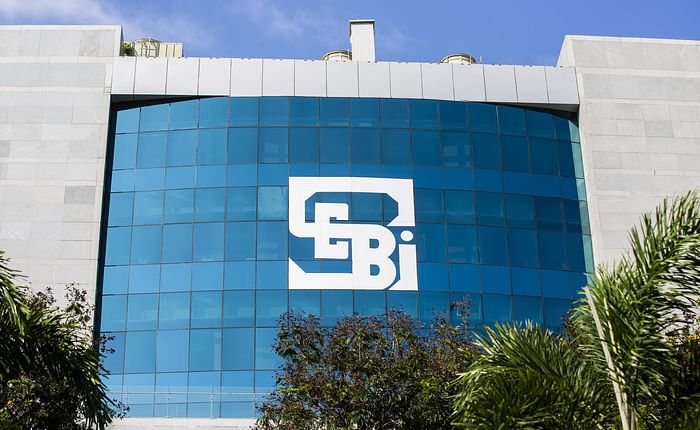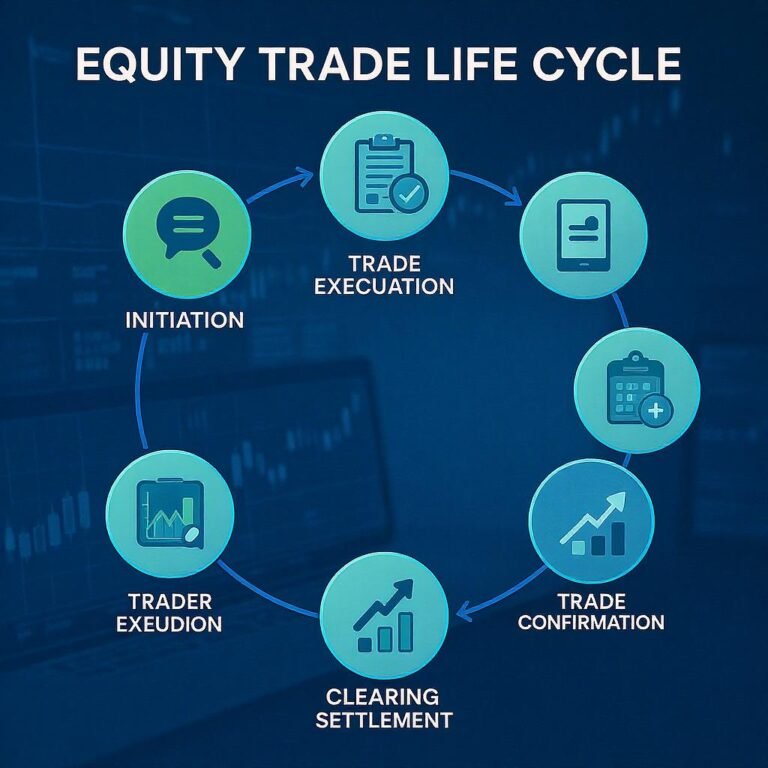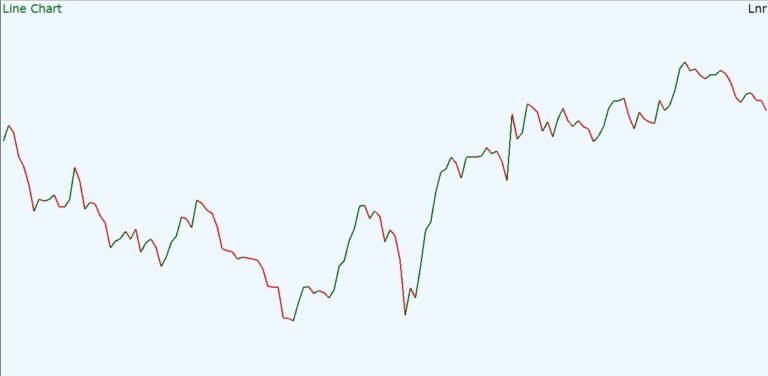
The Securities and Exchange Board of India (SEBI) is the apex regulatory authority for India’s securities and commodity markets. It was created to ensure that the capital markets operate in a fair, transparent, and efficient manner, protecting the interests of investors while fostering market development.
Establishment & Legal Basis
SEBI was first set up as a non‑statutory body on April 12, 1988 by a Government of India resolution. It became a statutory regulator under Section 3 of SEBI Act, 1992 under an act of Parliament.
Mandate & Objectives
As per its Preamble, SEBI’s mission is:
- “…to protect the interests of investors in securities and to promote the development of, and to regulate the securities market…”
The board pursues three broad objectives:
- Investor Protection – Guard against fraud, insider trading, and unfair practices.
- Market Regulation – Frame and enforce rules for exchanges, intermediaries, issuers, and depositories.
- Market Development – Enhance infrastructure, introduce new products, and promote technological innovation
Organizational Structure
- Headquarters: Mumbai (Bandra Kurla Complex), with regional and local offices nationwide.
- Governing Board:
- A Chairman (appointed by the Union Government)
- Two members from the Ministry of Finance
- One member from the Reserve Bank of India
- Five other government‑nominated members
- Departments cover functions such as Corporation Finance, Enforcement, Investment Management, and Economic & Policy Analysis
Powers of SEBI
SEBI wields three types of powers under the SEBI Act, 1992:
- Quasi‑Legislative: Drafts regulations and guidelines (e.g., insider trading norms, listing obligations).
- Quasi‑Executive: Conducts investigations, inspections, and enforces compliance (e.g., surprise audits).
- Quasi‑Judicial: Hears cases, adjudicates violations, and can impose penalties or bans.
- Appeals against its orders lie before the Securities Appellate Tribunal (SAT) and then the Supreme Court
Key Functions & Roles in the Capital Market
Regulatory Oversight
- Registrations & Approvals: Grants licenses to brokers, merchant bankers, mutual funds, and credit rating agencies.
- IPO/FPO Scrutiny: Reviews prospectuses to ensure disclosures are complete and fair.
Market Surveillance & Enforcement
- Real‑time Monitoring: Uses electronic systems to detect price manipulation, insider trading, and front‑running.
- Enforcement Actions: Investigates breaches, imposes fines, suspensions, and can initiate prosecutions.
Investor Protection & Education
- SCORES Platform: Centralised grievance redress system for investor complaints.
- Investor Awareness: Funds seminars, workshops, and publishes alerts on emerging risks.
Developmental Initiatives
- Product Innovation: Introduced mutual fund ETFs, REITs, infrastructure investment trusts, and derivatives frameworks.
- Digital Infrastructure: Spearheaded dematerialisation of securities and rolling settlement cycles (T+5 → T+3 → T+2).
Global Integration & Foreign Investment
- FPI & AIF Regulations: Sets entry norms for Foreign Portfolio Investors and Alternative Investment Funds.
- Harmonisation: Aligns Indian market standards with international best practices to attract global capital.
Impact on the Indian Capital Market
- Transparency & Trust: Stringent disclosure norms and surveillance have strengthened investor confidence.
- Efficiency: Electronic trading and shortening of settlement cycles have increased market liquidity.
- Innovation: Continuous introduction of new instruments has broadened choices for issuers and investors.
- Stability: Quasi‑judicial enforcement and investor complaint redressal mechanisms deter malpractices and protect market integrity.
SEBI’s holistic approach—melding regulation, protection, and development—has been instrumental in transforming India’s capital markets into some of the most dynamic and resilient in the world. If you’d like to explore any specific aspect (e.g., how SEBI handles insider trading cases or its recent reforms), let me know!



